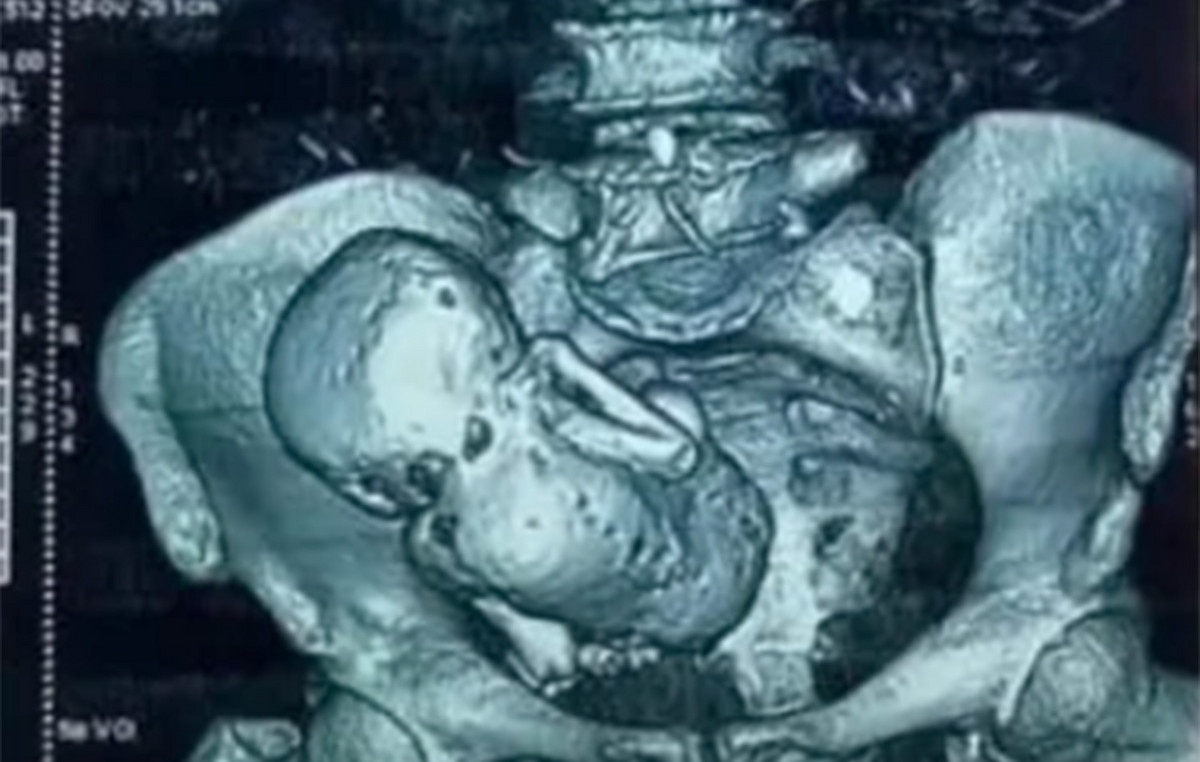For decades, no one knew where the remains of the last thylacine, or Tasmanian wolf, lay.
They were hidden in plain sight – in the Museum and Art Gallery of Tasmania, where they remained unidentified for over 80 years.
The size of a coyote, the thylacine disappeared about 2,000 years ago virtually everywhere except Tasmania. As the only marsupial predator to have lived in modern times, it played a key role in the island’s ecosystem, but it also became unpopular with humans.
European settlers in Tasmania in the 1800s blamed the loss of livestock on thylacines (although, in most cases, wild dogs and poor human habitat management were really to blame) and hunted the shy, semi-nocturnal Tasmanian wolves. until extinction.
Until its discovery, the last known individual of the species was believed to be a thylacine that died at Beaumaris Zoo in Hobart on September 7, 1936. In reality, the last thylacine was an old female captured by a hunter and sold to a zoo in May 1936, according to a museum press release published Monday.
The animal died several months later, with its body later transferred to the museum. But the zoo did not keep records about the sale because the ground trap was illegal – meaning the hunter could have faced a fine, the statement said.
This means that researchers and museum staff were totally unaware of the importance of thylacine bones in their collection.
“For years, many museum curators and researchers searched for his remains without success, as no thylacine material dating back to 1936 had been registered in the collection and therefore it was assumed that his body had been disposed of,” said Robert Paddle , a comparative psychologist (who studies differences and similarities in behavior between living things of different species) at the Australian Catholic University, in the press release.
After being brought to the museum, the thylacine’s body was skinned and its skeleton dismantled as part of an educational collection, used by museum teachers to explain thylacine anatomy to students and frequently transported outside the museum, according to the statement. .
The error was not noticed until recently, when an unpublished report from a museum taxidermist was discovered. The report, dated 1936-1937, mentioned a thylacine among the specimens worked on that year – leading to a review of all thylacine skins and skeletons in the museum, which allowed the bones of the last thylacine to be finally identified.
“It is bittersweet that the mystery surrounding the remains of the last thylacine has been solved and that they have been discovered to be part of the museum’s collection,” said museum director Mary Mulcahy.
The remains are now on display in the museum’s Thylacine gallery for public viewing.
In recent years, the Tasmanian wolf has reappeared in the headlines due to the continued – and controversial – efforts by scientists to bring the animal back through ancient DNA retrieval, gene editing and artificial reproduction.
Source: CNN Brasil
Bruce Belcher is a seasoned author with over 5 years of experience in world news. He writes for online news websites and provides in-depth analysis on the world stock market. Bruce is known for his insightful perspectives and commitment to keeping the public informed.







